Wool of various types is used to make many things, from hats and suits to coats. These products are beautiful, soft, of high quality and require special care.
Material characteristics and production technology
Wool is a type of fabric that is made using raw materials that humans obtain from animals of different species. The most common "suppliers" are the following animals:
- sheep (lambs);
- merino;
- sheep (Shetland);
- cheviot;
- goats (cashmere, angora);
- rabbits (angora);
- camels;
- vigogne;
- alpaca.

The process of making wool includes the stages of preparation and weaving:
- Rewinding wool threads onto bobbins and cleaning them from foreign substances.
- Impregnation with softening and adhesive substances (sizing, felting).
- Threading the warp threads, distributing them between the teeth.
- Moistening, rewinding of weft threads.
- Finishing of fabric (dyeing, filing to give relief, welding to give uniformity, washing from impurities and carbonization, felting, napping, bleaching, decating (wet), drying, shearing, cleaning, final processing by heating with steam and cooling).
For your information! Some elements of the finishing stage are missing, since not all types of wool need to be bleached and brushed.
To reduce the cost of some types of raw materials, cotton, acrylic, silk, viscose or polyester fibers are added to wool. This makes the fabric strong, durable and wear-resistant.
In some cases, the answer to the question of what wool is made of includes lycra. A small amount of it is added to the fabric to increase stretchability. In this case, the material becomes stretchy and lycra is added to the description. Also, nylon is added to the wool for greater elasticity. Often the ratio of synthetic threads and wool in the fabric is 70/30.
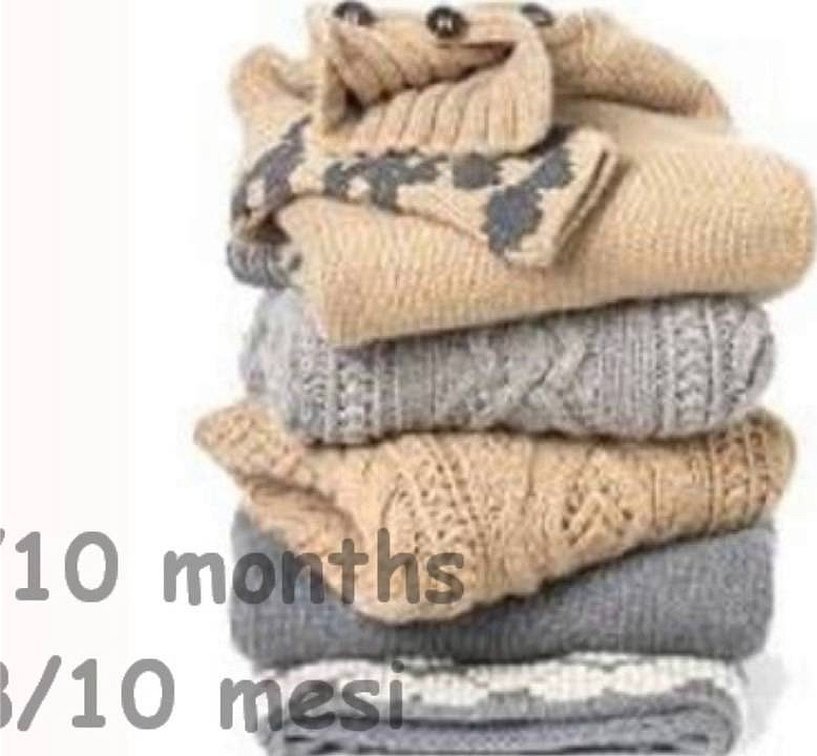
Types of woolen fabrics and their properties
Modern industry is engaged in the production of a large number of materials. They are divided into two categories:
- pure wool - fabrics containing chemically produced fibers of about 10%;
- semi-woolen - fabrics containing viscose, acrylic, nylon, and polyester fibers, approximately 80%.
Please note! Currently, woolen fabric is produced with the addition of lavsan. As a result of its use, the properties of woolen fabric are improved: the degree of abrasion, creasing, and shrinkage are reduced. At the same time, the products become harder to the touch.
According to the choice and method of processing yarn, woolen fabrics are divided into the following varieties:
- worsted, obtained from combed twisted yarn. The result is ribbed wool. The main property of the fabric is the smoothness of the surface;
- fine wool with thick pile. The result is dense wool, which makes the fabric warmer, but more susceptible to dirt and dust;
- coarse woolen with a soft or felt-like surface. The fabric acquires the properties of wear resistance, low drape and plasticity.

According to their purpose, they are divided into three types:
- for coats;
- for suits;
- for dresses.
In addition, there are intermediate types of fabrics that differ in the type of thread weave, density, types of processing, etc. They are also used to sew different types of clothing and home items.
Wool fabrics for sewing women's clothing
The following types of fabric are most often used for women's clothing:
- tartan. This type of material is used in the production of skirts and dresses;
- rep is a fine wool that is well suited for suits, skirts, trousers. It hardly wrinkles, is resistant to fading, abrasion, and other types of chemical exposure;
- crepe. The fabric is rough due to the use of twisted threads. The advantages of this plastic material are that it is perfect for sewing skirts, suits, dresses of different styles;
- jacquard (wool) - a fabric made from threads of different colors, due to which convex patterns appear on it. Jackets, suits, coats are made from it;
- Jersey is a soft fabric that Chanel often used for her outfits;
- Boucle is a loose, thick fabric with a knotted surface. The downside of this type of material is the difficulty in cutting and sewing.
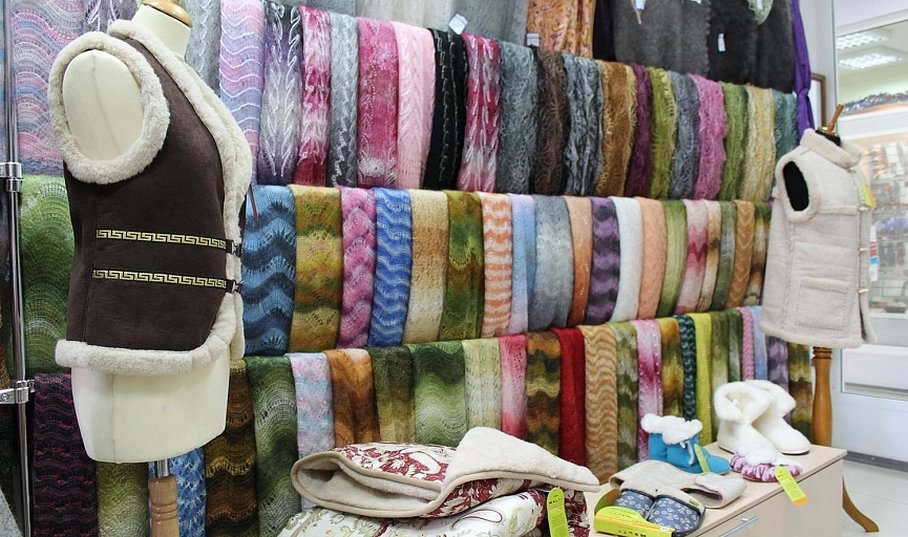
For women's coats
Coats are most often made of thick fabric with high density, good thermal insulation and wear resistance. Shine and gloss are not typical for such materials.
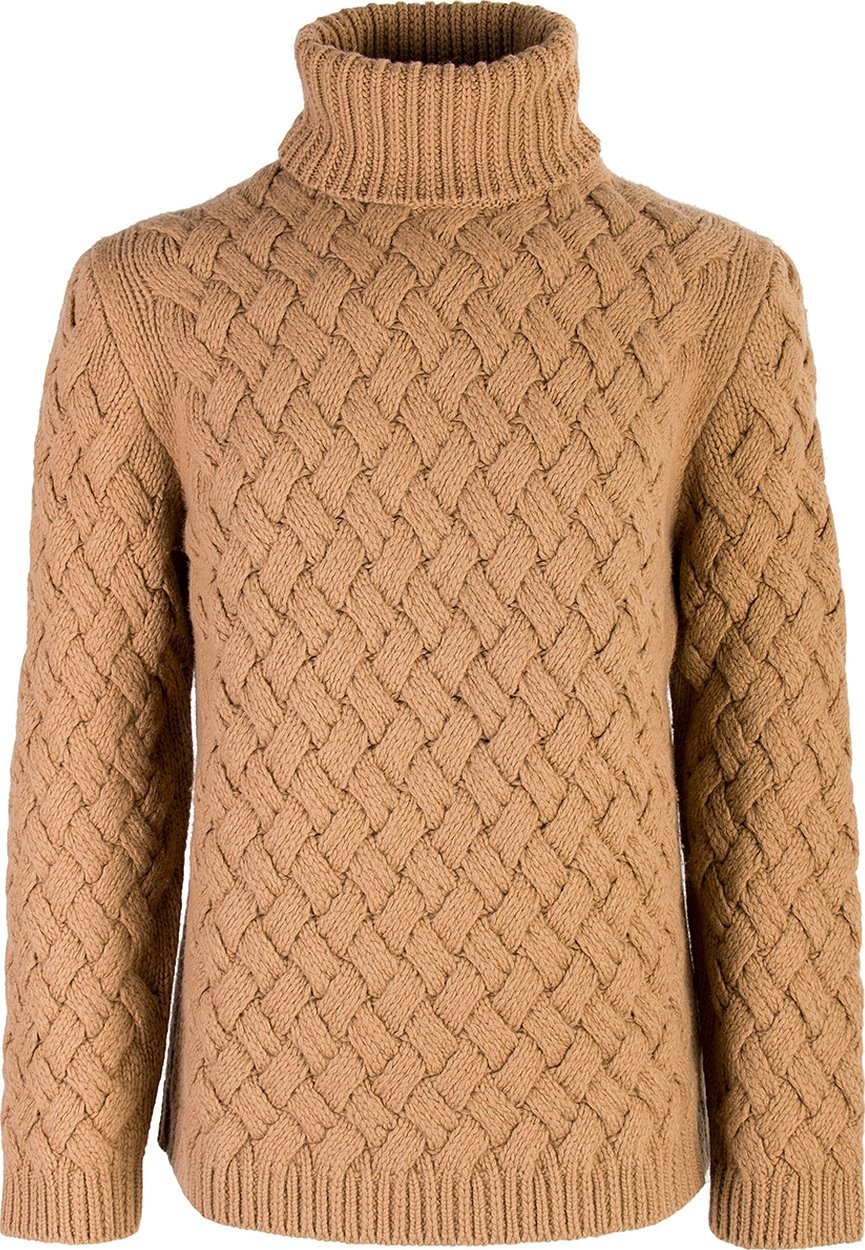
For sewing men's coats
For men, wool is used, the characteristics of which include the properties of density and weight. Often, things are sewn from waterproof gabardine, tweed. Also often used is a fabric similar to that used in sewing women's coats.
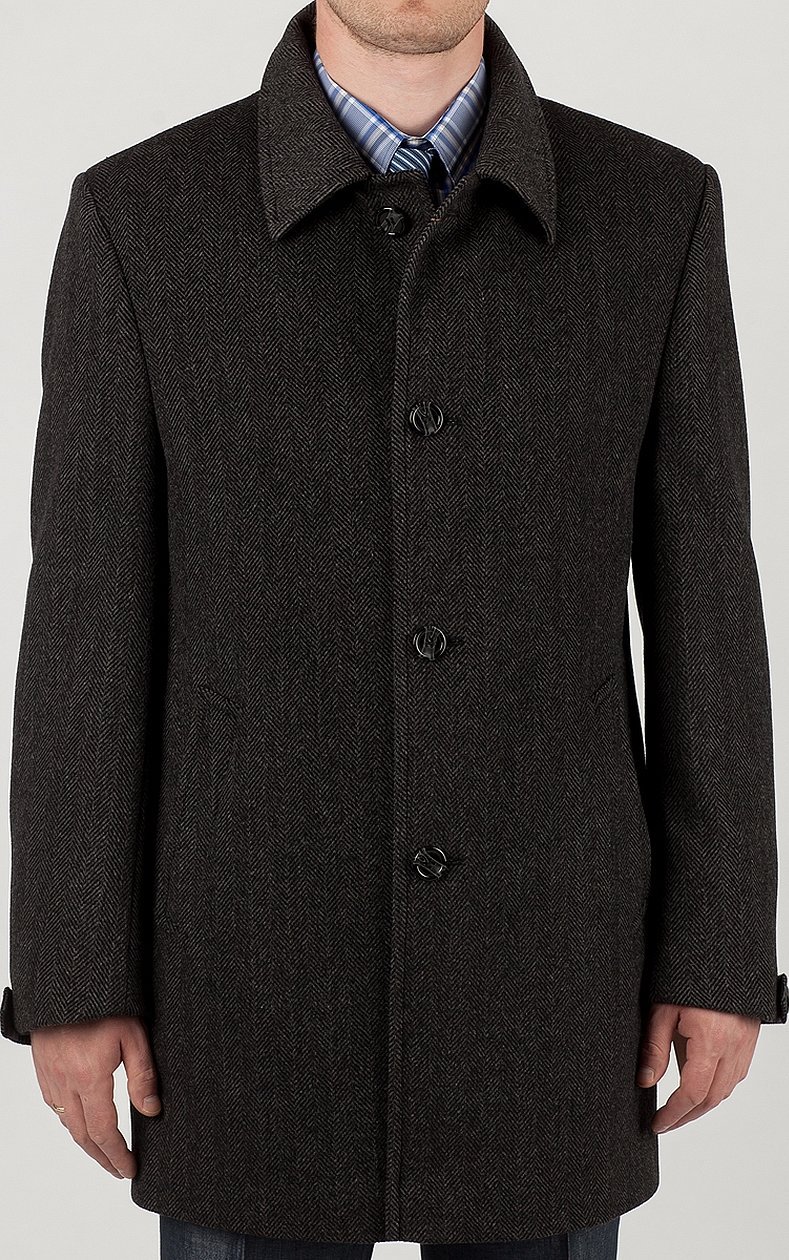
For business suits
Business suits are almost always made of the same fabric as the coat. In addition, they use tweed, which contains elements of colored yarn, making things look very fashionable and interesting.
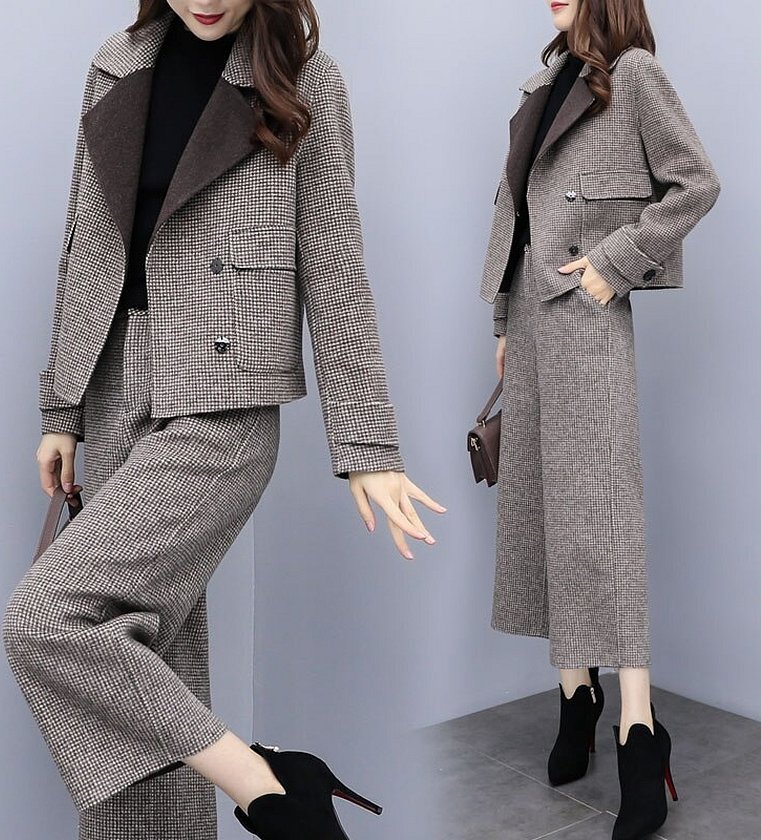
For children's clothing
Clothes for children are sewn from a soft type. The fabric contains various substances: viscose, flax, etc. Most often, things are made from flannel, velour, flannel, plush.
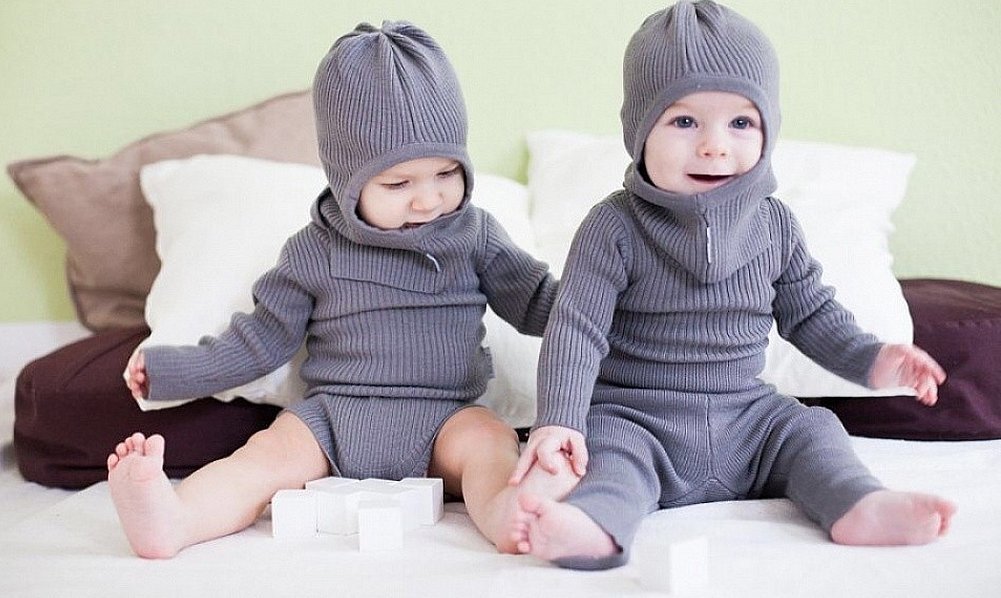
Important! Some materials use semi-fine threads, while others use fabrics with a fleece or pile on both sides.
Application and care
Many wool fabrics, especially those made mostly from natural materials with minimal addition of synthetic fibers, require special care.
Before washing or cleaning woolen items, it is best to look at the diagram where manufacturers place all the recommendations for caring for the item. All information is indicated in the form of icons.
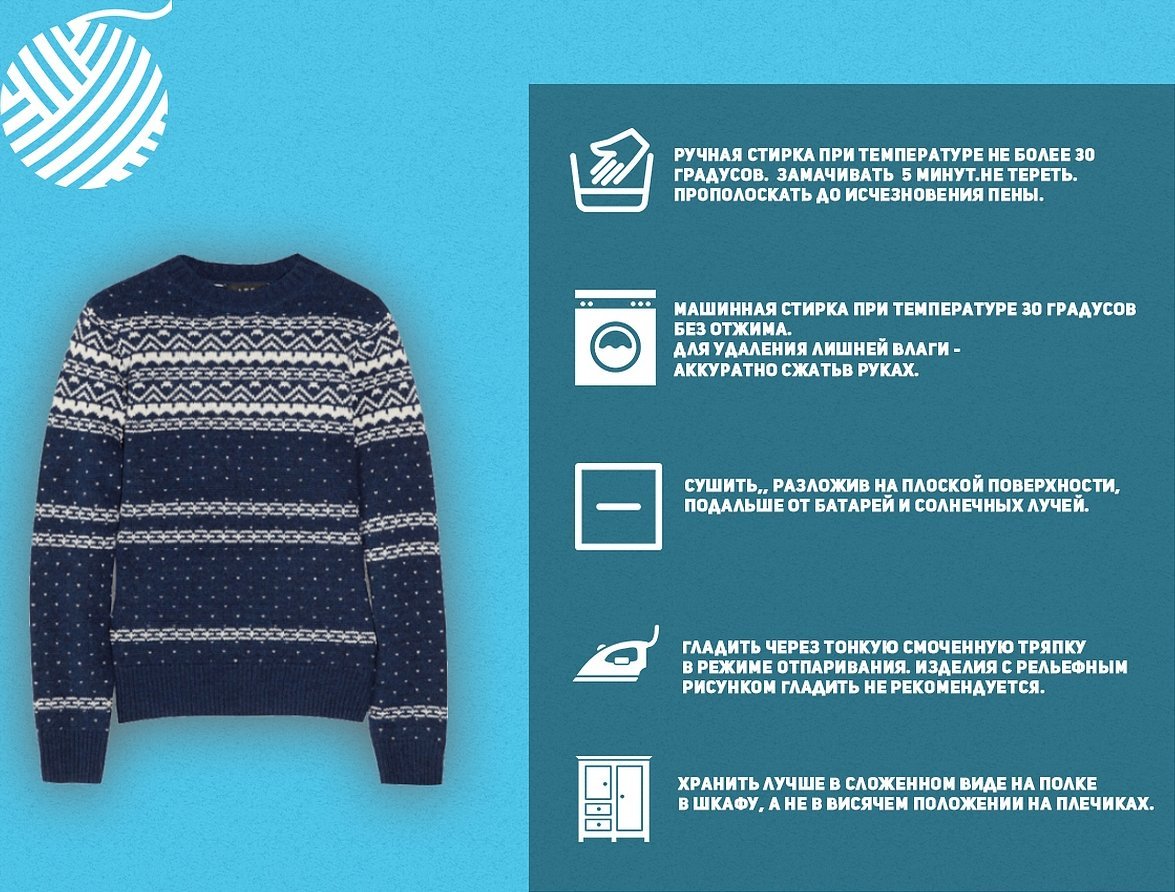
There are a number of rules, the observance of which will allow you to keep the item in its original form for a long time:
- wool products are best washed by hand or on the most delicate setting;
- To remove dirt from items, you need to use liquid cleaning agents designed specifically for such items;
- items must not be wrung out, rubbed, or wrung out in a washing machine;
- Drying should be done on a horizontal surface away from the radiator and other similar devices. Hanging things in the sun is prohibited;
- Ironing the items is often not necessary (or on the "Wool" setting). You should only hang them neatly on hangers.
How to determine naturalness
There are three ways to determine the naturalness of wool fiber: by visual signs, by touch, by effect (how it burns). Visually, you can distinguish natural fiber from artificial in the light of a lamp. If you touch the product in the light of a lamp, the synthetic material will sparkle. You can also examine the item by shining it through the light. Natural wool includes threads that are not uniform in thickness. At the same time, synthetics have pellets, and wool does not. And the difference is visible to the naked eye.

If you check by touch, you can find out the heat transfer. A product made of natural wool, when in contact with the skin, gives it heat in five minutes. In addition, you can rub the item. Synthetic fabric will squeak, and wool will not make a sound. You can also check the item by weight. Natural products are very light, and synthetic ones are heavy. In addition, when put on, a woolen item immediately heats up.
The last option for testing is to influence the material being tested. You can set fire to the thread with a match or a lighter. When burning, natural material emits a slight smell of burning hair. If the thread melts and smells like plastic, it is synthetic. This method is often used when presenting things.
Please note! If you press the item with your hand, a matte dent will remain on a woolen product, and a shiny, glossy mark on a synthetic one. When wet, the item will have a special smell of damp wool.
Wool products will always be popular, despite the fact that there are many products made of synthetic fabrics on the market. They will help keep the body warm and give pleasant sensations.




